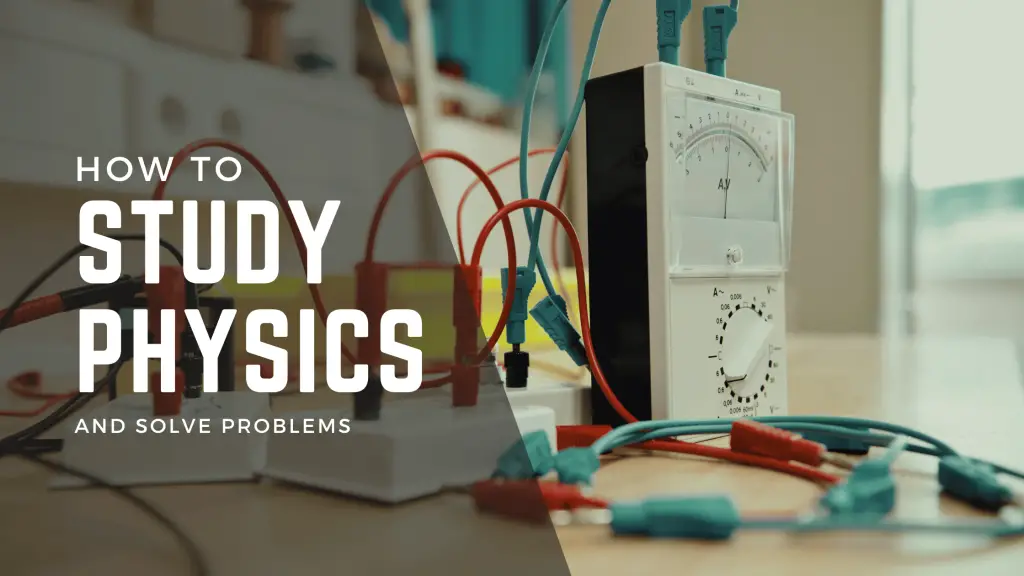Comparison of Magnetic Force and electric forces Between two Moving Charges
Suppose two charges q1 and q2 are moving with velocities v1 and v2 $respectively. Let r be the distance between the particles at any instant. Now two forces would be acting on each charges at this particular instant
a) Electric Force:- which is given by
Comparison of Magnetic Force and electric forces Between two Moving Charges Read More »
